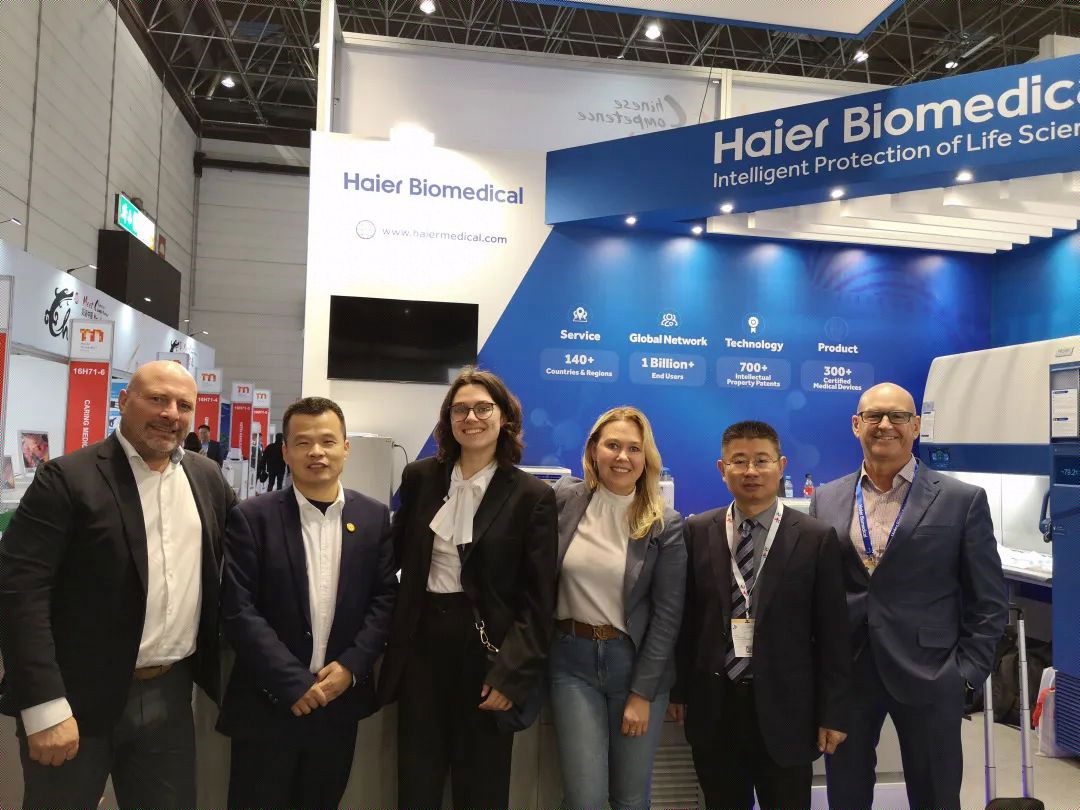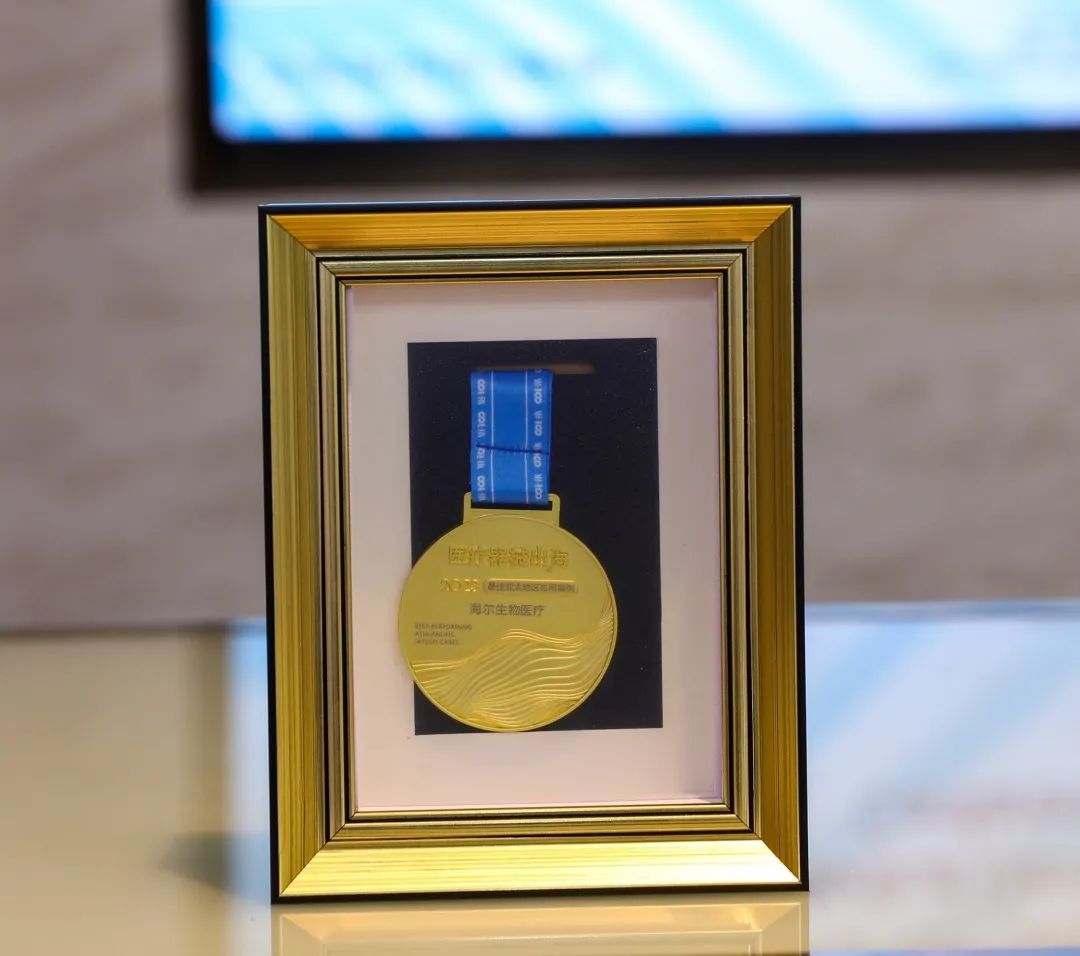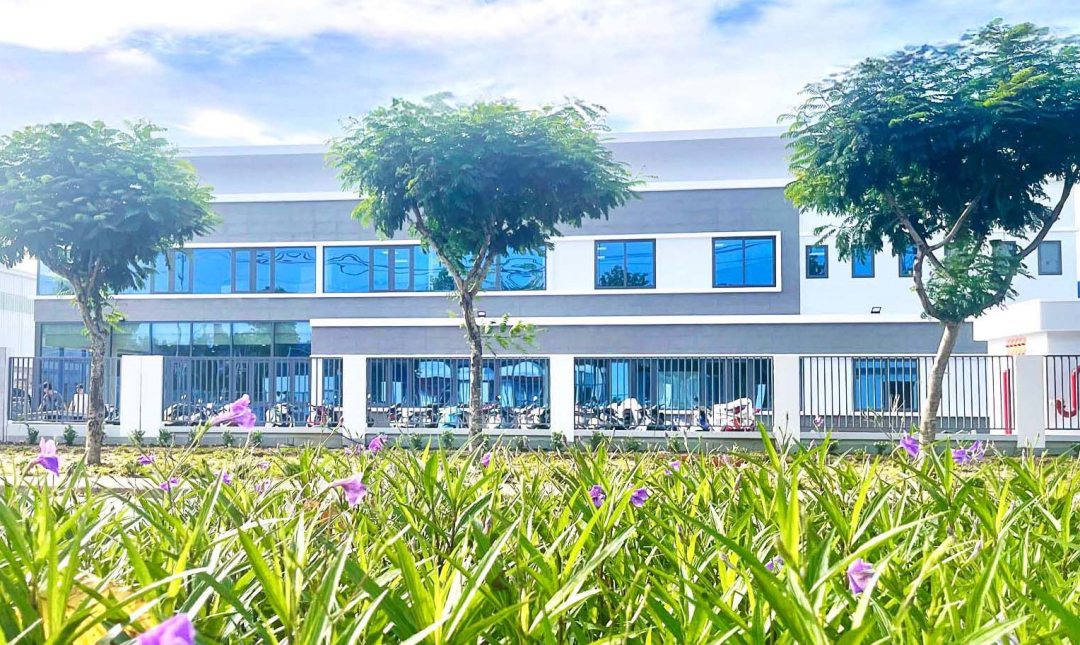Imperial College London (ICL) is at the forefront of scientific investigation and, through the Department of Immunology and Inflammation and the Department of Brain Sciences, its research spans from rheumatology and haematology to dementia, Parkinson's disease and brain cancer. Managing such diverse research requires state-of-the-art facilities, particularly for the storage of vital biological samples. Neil Galloway Phillipps, Senior Lab Manager for both departments, recognised the need for a more efficient and sustainable cryogenic storage solution.
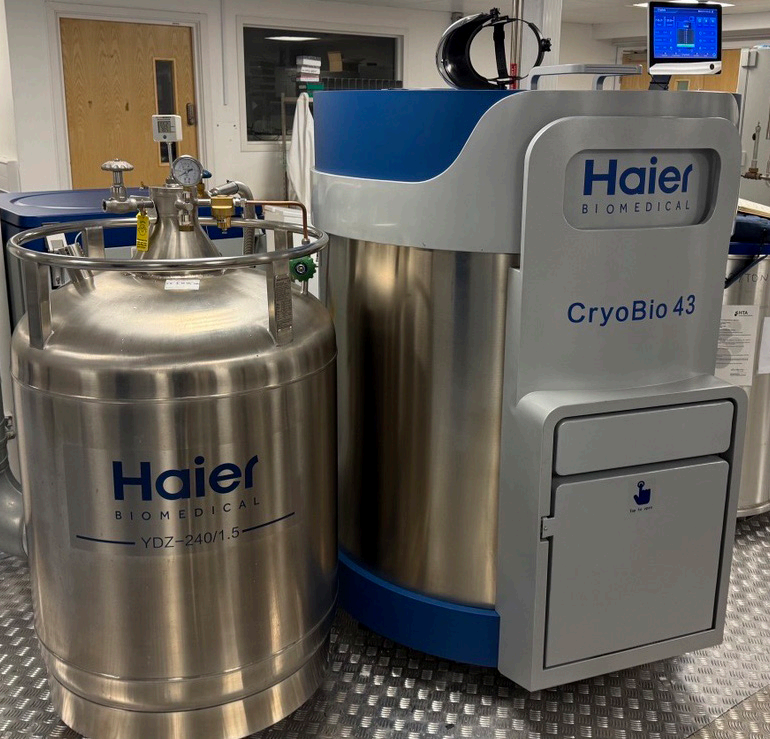
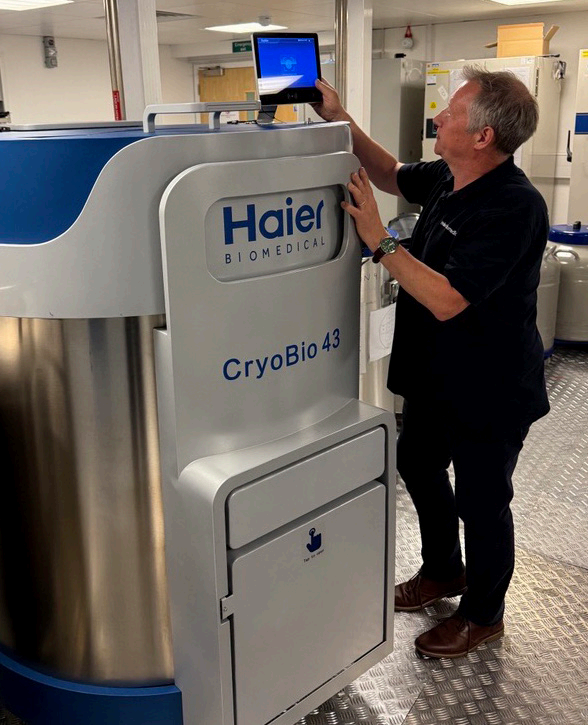
ICL Needs
1. A high-capacity, consolidated liquid nitrogen storage system
2. Reduced nitrogen consumption and operational costs
3. Improved sample security and regulatory compliance
4. Safer and more efficient access for researchers
5. A sustainable solution to support green initiatives
The challenges
ICL's Department of Immunology was previously reliant on 13 separate static liquid nitrogen (LN2) tanks to store clinical trial samples, satellite cells and primary cell cultures. This fragmented system was time consuming to maintain, requiring constant monitoring and refilling.
"Filling 13 tanks took a lot of time, and keeping track of everything was becoming increasingly difficult," explained Neil. "It was a logistical challenge, and we needed a more efficient way to manage our storage."
The cost of maintaining multiple tanks was another concern. LN2 consumption was high, contributing to rising operational expenses. At the same time, the environmental impact of frequent nitrogen deliveries was at odds with the lab's commitment to sustainability. "We've been working towards various sustainability awards, and we knew that reducing our nitrogen usage would make a big difference," Neil noted.
Security and compliance were also key priorities. With multiple tanks spread across different areas, tracking access and maintaining up-to-date records was complex. "It's important that we know exactly who is accessing the samples, and that everything is stored correctly in line with Human Tissue Authority (HTA) regulations," Neil added. "Our old system didn't make that easy."
The solution
ICL already had a range of equipment from Haier Biomedical – spanning cold storage, biological safety cabinets, CO2 incubators and centrifuges – developing trust in the company's solutions.
Neil and his team therefore approached Haier Biomedical to help address these new challenges, installing the large-capacity CryoBio 43 LN2 biobank to consolidate all 13 static tanks into a single high - efficiency system. The transition was seamless, with Haier's team managing the installation and training the lab staff. The new system slotted into the existing LN2 facility with only minor adjustments. With the new system in place, sample storage and management have become significantly more efficient. "One of the unexpected advantages was how much space we gained," Neil noted. "With all those old tanks removed, we now have more room in the lab for other equipment."
The switch to vapour-phase storage has enhanced both safety and ease of use."Previously, every time we pulled a rack out of a liquid-phase tank, it would be dripping with nitrogen, which was always a safety concern. Now, with vapour-phase storage, it's much cleaner and safer to handle samples. The biometric access system has also strengthened security and compliance because we can precisely track who accesses the system and when."
Neil and his team found the system intuitive to use, with Haier's training programme enabling them to quickly onboard end users.
An unexpected but welcome feature was the automated retractable steps, which make accessing the tank easier. "With the previous tanks, researchers often had to lift items out at full stretch. Even though the new tank is taller, the steps deploy at the push of a button, making adding or removing samples much easier to manage," Neil commented.
Preserving valuable samples
The samples stored in ICL's cryogenic facility are invaluable to ongoing research. "Some of the samples we store are completely irreplaceable," said Neil.
"We're talking about white blood cell preparations from rare diseases, clinical trial samples, and other materials that are essential for research. These samples are not just used within the lab; they are shared with collaborators around the world, making their integrity absolutely crucial. The viability of these cells is everything. If they aren't stored properly, the research they support could be compromised. That's why we need highly reliable cold storage that we can trust. With the Haier system, we have complete peace of mind. We can check the temperature profile at anytime, and if we're ever audited, we can confidently show that everything has been stored correctly."
Improving sustainability and cost efficiency
The introduction of the new biobank has dramatically reduced the lab's liquid nitrogen consumption, cutting it tenfold. "Each of those old tanks held about 125 litres, so consolidating them has made a huge difference," Neil explained. "We're now using a fraction of the nitrogen we did before, and that's a major win both financially and environmentally."
With fewer nitrogen deliveries required, carbon emissions have been reduced, supporting the lab's sustainability goals. "It's not just about the nitrogen itself," Neil added. "Having fewer deliveries means fewer trucks on the road, and less energy being used to produce the nitrogen in the first place." These improvements were so significant that Imperial received sustainability awards from both LEAF and My Green Lab in recognition of its efforts.
Conclusion
Haier Biomedical's cryogenic biobank has transformed ICL's storage capabilities, improving efficiency, safety and sustainability while significantly reducing costs. With better compliance, enhanced sample security and reduced environmental impact, the upgrade has been a resounding success.
Project Outcomes
1. LN2 consumption reduced by 90%, cutting costs and emissions
2. More efficient sample tracking and HTA compliance
3. Safer vapour-phase storage for researchers
4. Increased storage capacity ina single system
5. Recognition through sustainability awards














.png)















